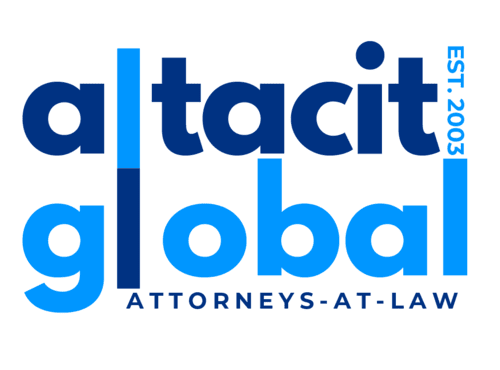Ideas to IP
“An idea that is developed and put into action is more important than an idea that exists only as an idea.”
Edward Ge Bono
The above statement by Edward De Bono, one of world’s leading authorities on conceptual thinking, is set out in his book Serious Creativity: Using the Power of Lateral Thinking to Create New Ideas. This statement is an inset to Edward De Bone’s rationalization of “Tuned Judgment” which is set out below.
Tuned Judgment
There is a difference between a photographer and a painter. The painter stands in front of the canvas with paints, brushes, and inspiration and proceeds to paint a picture. The photographer wanders around with a camera until some particular scene or object catches his or her eye. By choosing the angle, the composition, the lighting, and so on, the photographer converts the “promising” scene into a photograph.
The creativity of “tuned judgment” is similar to the creativity of the photographer. The person with tuned judgment does not initiate ideas. The person with tuned judgment recognizes the potential of an idea at a very early stage. Because that person’s judgment is tuned to feasibility, the market, and the idiom of the field, the person picks up the idea and makes it happen.
Although this sort of creativity seems to Iack the glamour and ego satisfaction of the originator of ideas, in practice it may be even more important. An idea that is developed and put into action is more important than an idea that exists only as an idea.
Many people who have achieved success with apparently new ideas have really borrowed the beginning of the idea from some one else but have put the creative energy into making the idea happen.
The ability to see the value of an idea is itself a creative act. If the idea is new then it is necessary to visualize the power of the idea. People who develop ideas in this way should get as much credit as those who initiate ideas.
Tuned Judgment as a concept is an ideator/inventor’s nightmare, wherein a third party capitalizes on the idea or invention, leading to revenue loss or no monetary compensation to the ideator or inventor. The ideator thus looses out on opportunities to effectively capitalize on the potential rewards that the idea could generate.
Economic rewards are an integral driver of creativity. It is not only complex ideas or inventions that are ideal candidates to offer exponential economic potential. Small ideas that can be brought to the forefront and proliferate into huge economic potential can also be inspiration for ideators. The core of idea capitalization should integrate strategies that help mitigate risk of intellectual property.
The first step of idea capitalization is therefore to understand the existing intellectual property landscape and then perform ‘freedom to operate’ analysis. Intellectual Property landscaping would provide a concise overview of the existing intellectual property for the subject matter of interest. The landscape coverage could have a patent, trademark or design focus point. In the case of patents the report would provide a snapshot of the patent situation, which can be iterated to geographic areas of interest. The reports can be used to analyze patterns of patent activity or innovation.
The information and insights drawn from an intellectual property landscape report can be used to drive key business decisions. These could include identifying potential partners, gathering competitive intelligence or the need for further specific ‘freedom to operate’ analysis. This information can be critical in arriving at opinions of non-infringement of third party intellectual property and profuse new ways to bring ideas to market.
On an idea being non-infringing, comes to action the protectionist side of intellectual property, which as a collection of essential tools helps protect ideas so that the ideator can prevent any third party from using them without permission. The requirement for permission provides avenues for capitalizing the idea, in a manner that permissions are given in return for consideration each time the intellectual property protected idea is used.
In order to obtain an intellectual property right there are certain essential requirements and compliance, like in the case of the patents where the invention should be new, non-oblivious and useful or for trademarks where the name should be non descriptive and non similar to existing trademarks.
The road to economic success for an idea passes through the checkpoint of intellectual property, which requires that the ideator or inventor carefully negates the accruing intellectual property risks and seeks the best of the protection offered by the intellectual property system. To derive and maximize economic value from an idea, careful intellectual property portfolio planning, strategizing and management are essential requirements, which start at the ideating stage and continue to the end of the idea’s resultant product or service lifecycle.




